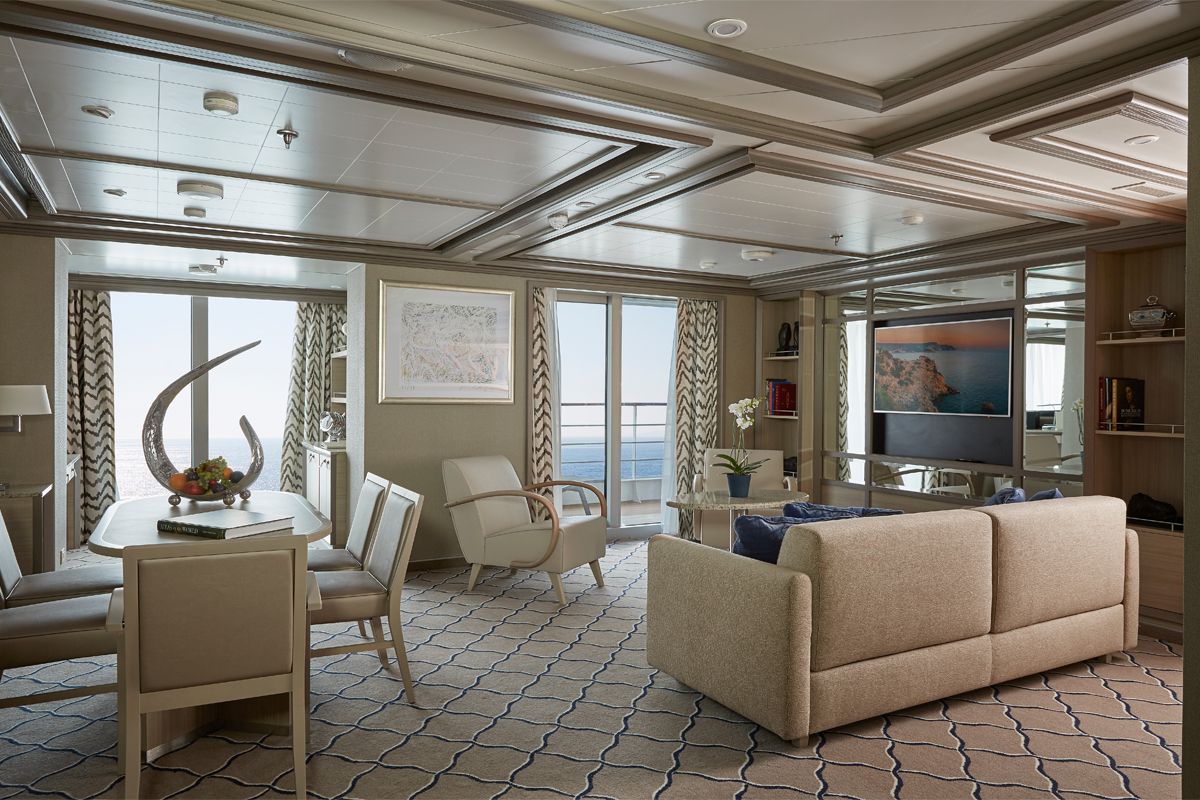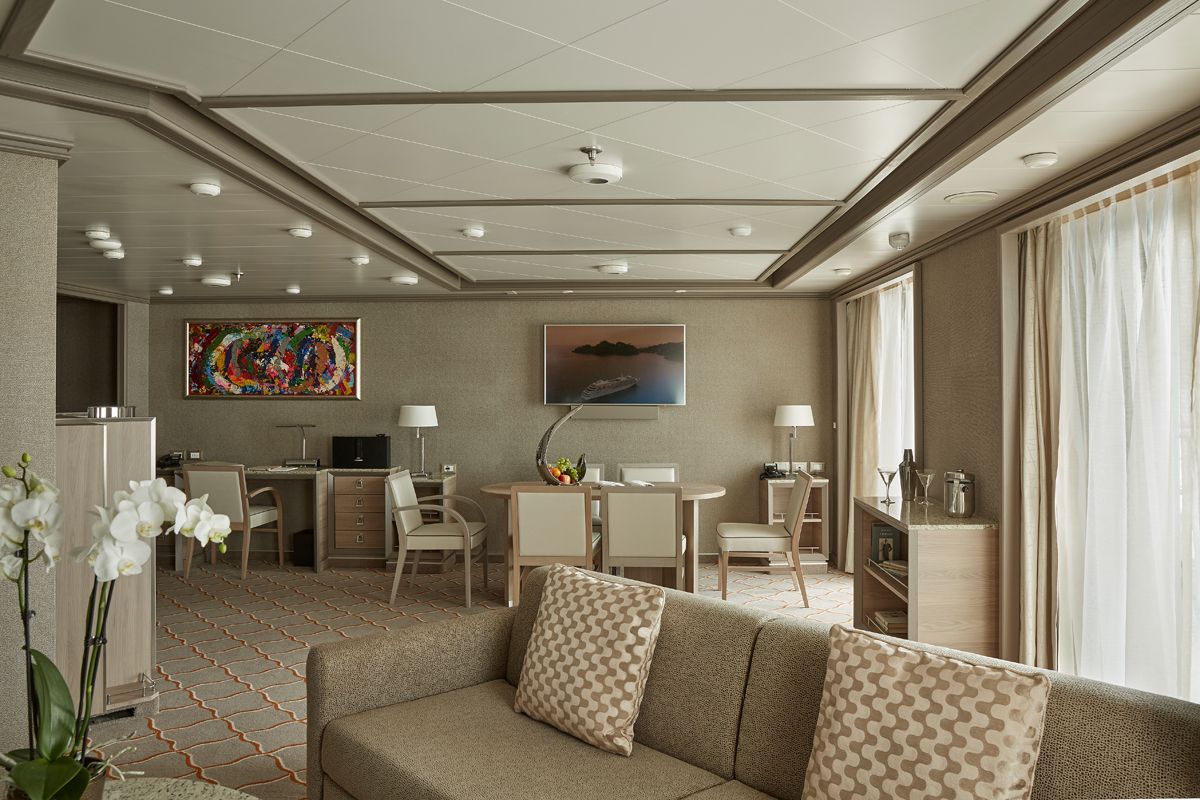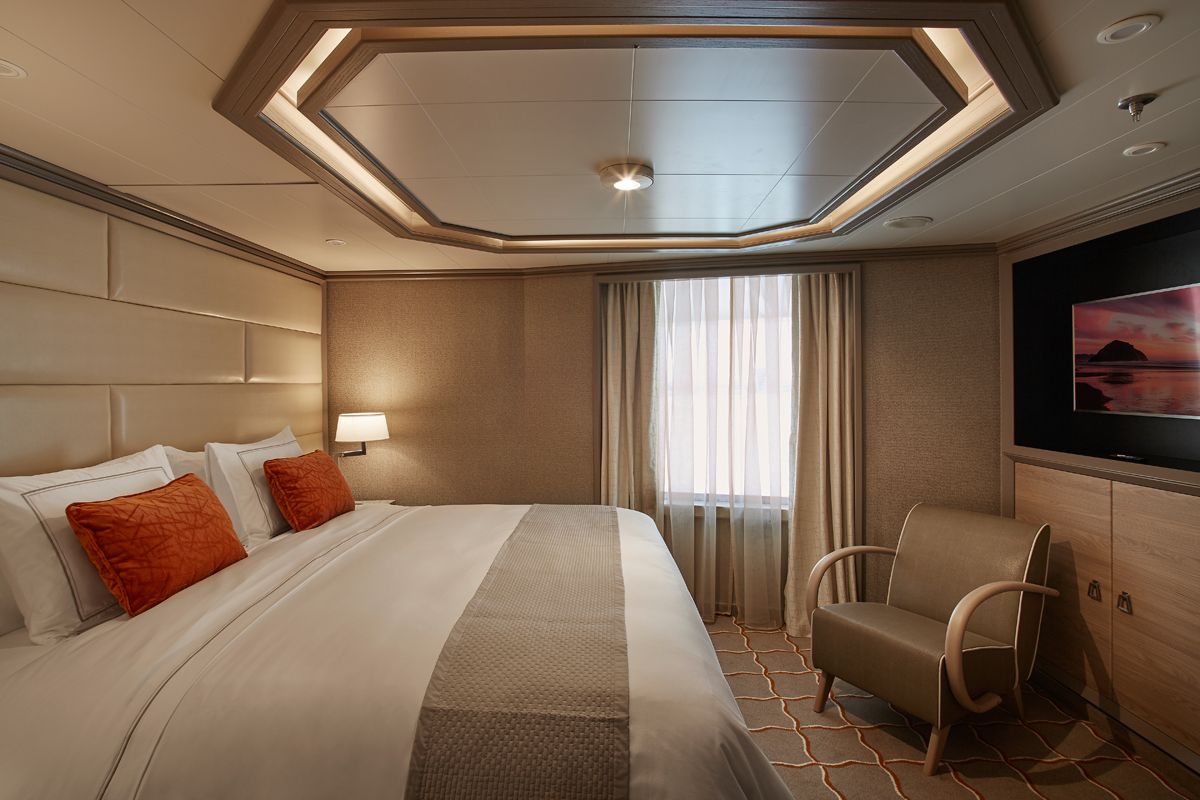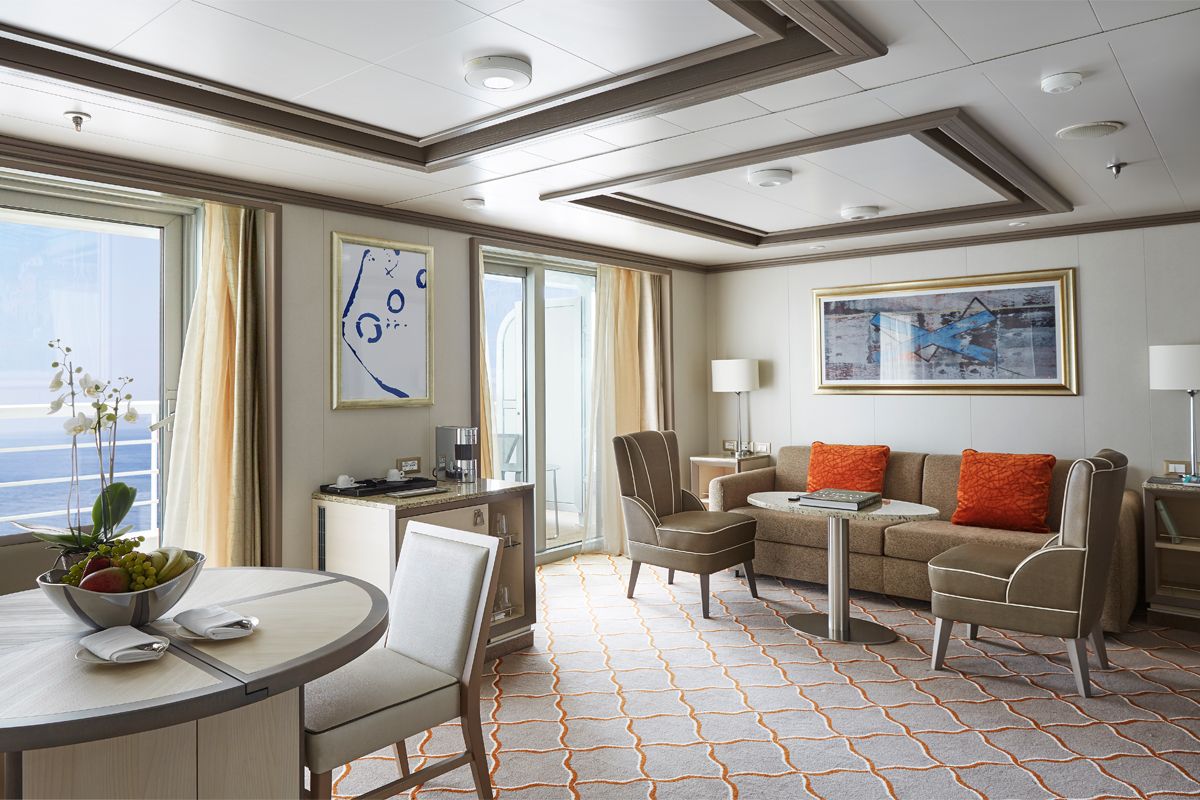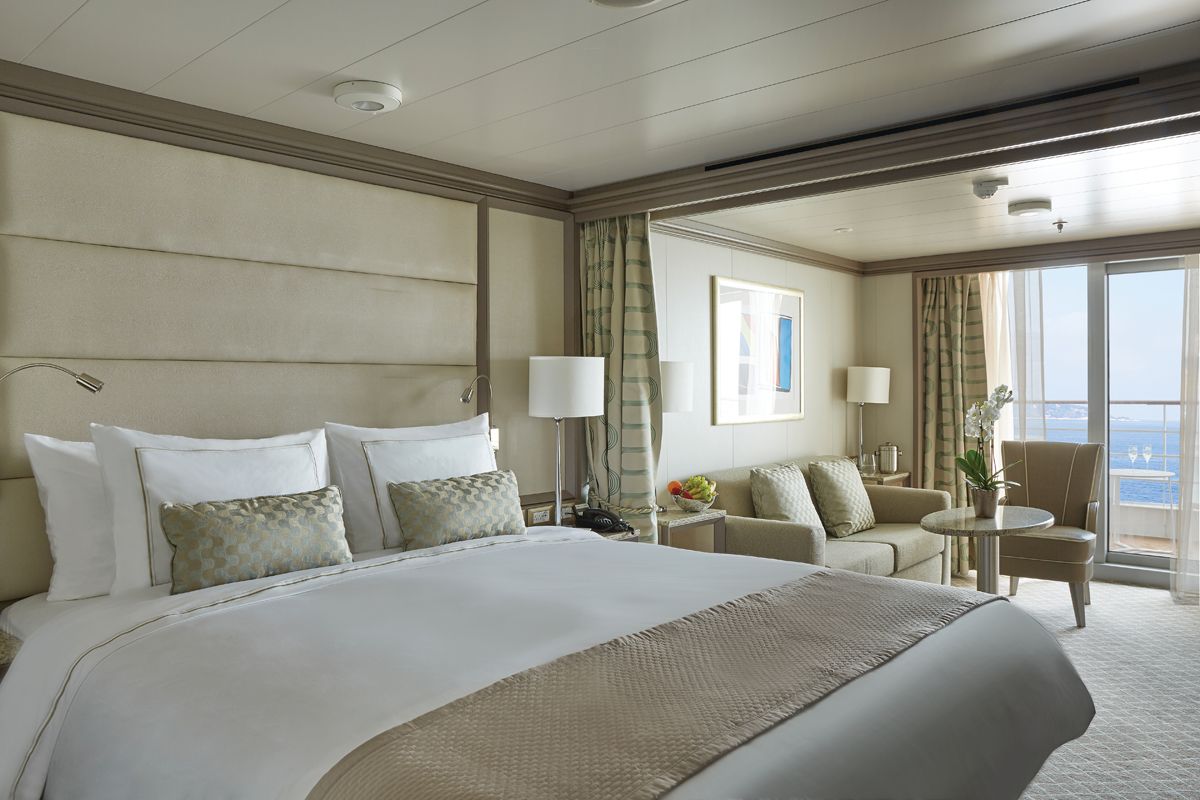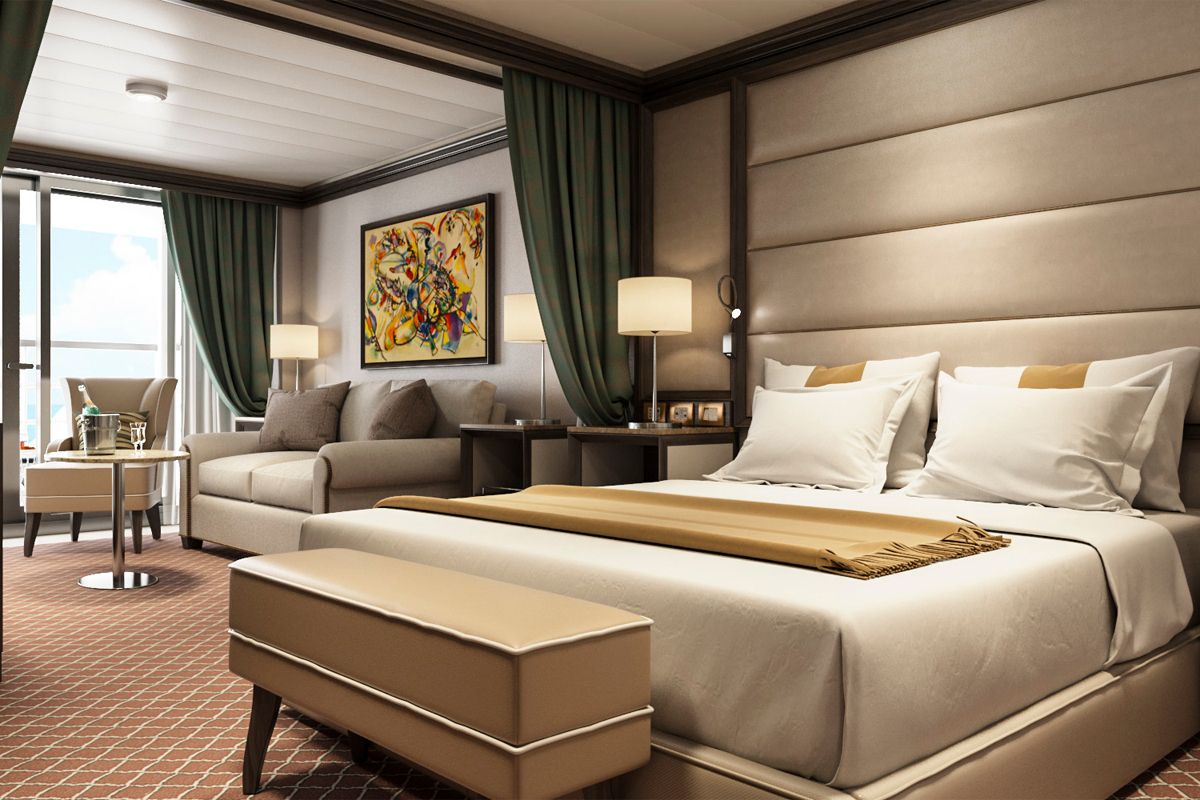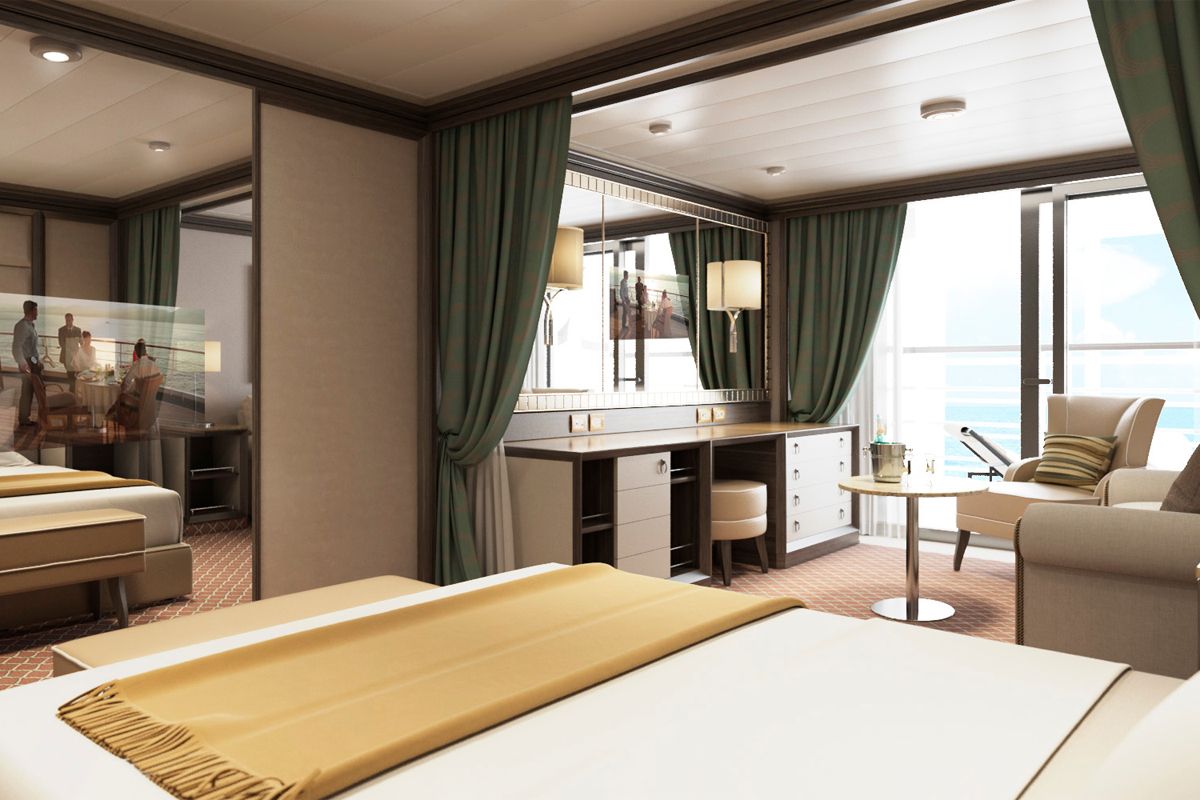

Go beyond your boundaries and explore the world as never before.
This bustling capital city is a major duty-free port with a compact shopping area. The principal thoroughfare is Broad Street, which leads west from National Heroes Square.
Amongst top attractions here, the Pelican Villagea cluster of workshops located halfway between the cruise-ship terminal and downtown Bridgetown where craftspeople create and sell locally made leather goods, batik, basketry, carvings, jewelry, glass art, paintings, pottery, and other items. It's open weekdays 9 to 5 and Saturday 9 to 2; things here are most active when cruise ships are in port.
Alternatively, sightseers will want to go to the Nidhe Israel Synagogue, which has been providing for the spiritual needs of one of the oldest Jewish congregations in the Western Hemisphere. This synagogue was formed by Jews who left Brazil in the 1620s and introduced sugarcane to Barbados. The adjoining cemetery has tombstones dating from the 1630s. The original house of worship, built in 1654, was destroyed in an 1831 hurricane, rebuilt in 1833, and restored with the assistance of the Barbados National Trust in 1987. Friday-night services are held during the winter months, but the building is open to the public year-round. Shorts are not acceptable during services but may be worn at other times.
Bequia is a Carib word meaning "island of the cloud." Hilly and green with several golden-sand beaches, Bequia is 9 miles (14½ km) south of St. Vincent's southwestern shore; with a population of 5,000, it's the largest of the Grenadines. Although boatbuilding, whaling, and fishing have been the predominant industries here for generations, sailing has now become almost synonymous with Bequia. Admiralty Bay is a favored anchorage for both privately owned and chartered yachts. Lodgings range from comfortable resorts and villas to cozy West Indian—style inns. Bequia's airport and the frequent ferry service from St. Vincent make this a favorite destination for day-trippers, as well. The ferry docks in Port Elizabeth, a tiny town with waterfront bars, restaurants, and shops where you can buy handmade souvenirs—including the exquisitely detailed model sailboats that are a famous Bequia export. The Easter Regatta is held during the four-day Easter weekend, when revelers gather to watch boat races and celebrate the island's seafaring traditions with food, music, dancing, and competitive games.To see the views, villages, beaches, and boatbuilding sites around Bequia, hire a taxi at the jetty in Port Elizabeth. Several usually line up under the almond trees to meet each ferry from St. Vincent.
Dutch settlers came here in the 1630s, about the same time they sailed through the Verazzano Narrows to Manhattan, bringing with them original red-tile roofs, first used on the trade ships as ballast and later incorporated into the architecture of Willemstad. Much of the original colonial structures remain, but this historic city is constantly reinventing itself and the government monument foundation is always busy restoring buildings in one urban neighborhood or another. The salty air causes what is called "wall cancer" which causes the ancient abodes to continually crumble over time. The city is cut in two by Santa Anna Bay. On one side is Punda (the point)—crammed with shops, restaurants, monuments, and markets and a new museum retracing its colorful history. And on the other side is Otrobanda (literally meaning the "other side"), with lots of narrow, winding streets and alleyways (called "steekjes" in Dutch), full of private homes notable for their picturesque gables and Dutch-influenced designs. In recent years the ongoing regeneration of Otrobanda has been apparent, marked by a surge in development of new hotels, restaurants, and shops; the rebirth, concentrated near the waterfront, was spearheaded by the creation of the elaborate Kura Hulanda complex.
There are three ways to cross the bay: by car over the Juliana Bridge; by foot over the Queen Emma pontoon bridge (locally called "The Swinging Old Lady"); or by free ferry, which runs when the pontoon bridge is swung open for passing ships. All the major hotels outside town offer free shuttle service to town once or twice daily. Shuttles coming from the Otrobanda side leave you at Riffort. From here it's a short walk north to the foot of the pontoon bridge. Shuttles coming from the Punda side leave you near the main entrance to Ft. Amsterdam.
Aruba's capital is easily explored on foot. Its palm-lined central thoroughfare runs between old and new pastel-painted buildings of typical Dutch design (Spanish influence is also evident in some of the architecture). There are a lot of malls with boutiques and shops—the Renaissance mall carries high-end luxury items and designer fashions. A massive renovation in downtown has given Main Street (a.k.a. Caya G. F. Betico Croes) behind the Renaissance Resort a whole new lease on life: boutique malls, shops, and restaurants have opened next to well-loved family-run businesses. The pedestrian-only walkway and resting areas have unclogged the street, and the new eco-trolley is free and a great way to get around. At this writing, Linear Park was well and will showcase local merchants and artists. There will be activities along a boardwalk that will eventually run all the way to the end of Palm Beach, making it the longest of its kind in the Caribbean.
Bonaire's small, tidy capital city (population 3,000) is five minutes from the airport. The main drag, J.A. Abraham Boulevard, turns into Kaya Grandi in the center of town. Along it are most of the island's major stores, boutiques, and restaurants. Across Kaya Grandi, opposite the Littman’s jewelry store, is Kaya L.D. Gerharts, with several small supermarkets, a handful of snack shops, and some of the better restaurants. Walk down the narrow waterfront avenue called Kaya C.E.B. Hellmund, which leads straight to the North and South piers. In the center of town, the Harbourside Mall has chic boutiques. Along this route is Ft. Oranje, with its cannons. From December through April, cruise ships dock in the harbor once or twice a week. The diminutive ocher-and-white structure that looks like a tiny Greek temple is the produce market, where one can find plenty of fresh produce brought over from Venezuela. Pick up the brochure Walking and Shopping in Kralendijk from the tourist office to get a map and complete list of all the monuments and sights in the town.
With a lush interior featuring towering mountains, dense rain forest, fertile valleys, and acres of banana plantations, St. Lucia is mostly distinguished by the Pitons—twin peaks that soar high above the ocean floor on the southwest coast. Whether you stay in Soufrière, in the north in or around Rodney Bay Village, or even farther north at Cap Estate, exploring the iconic natural sights—and local history—in Soufrière is a day well spent. Except for a small area in the extreme northeast, one main highway circles all of St. Lucia. The road snakes along the coast, cuts across mountains, makes hairpin turns and sheer drops, and reaches dizzying heights. It takes at least four hours to drive the whole loop. Even at a leisurely pace with frequent sightseeing stops, and whether you’re driving or being driven, the curvy roads make it a tiring drive in a single outing. The West Coast Road between Castries and Soufrière (a 1½-hour journey) has steep hills and sharp turns, but it's well marked and incredibly scenic. South of Castries, the road tunnels through Morne Fortune, skirts the island's largest banana plantation (more than 127 varieties of bananas, called "figs" in this part of the Caribbean, grow on the island), and passes through tiny fishing villages. Just north of Soufrière the road negotiates the island's fruit basket, where most of the mangoes, breadfruit, tomatoes, limes, and oranges are grown. In the mountainous region that forms a backdrop for Soufrière, you will notice 3,118-foot Mt. Gimie (pronounced Jimmy), St. Lucia's highest peak. Approaching Soufrière, you'll have spectacular views of the Pitons; the spume of smoke wafting out of the thickly forested mountainside just east of Soufrière emanates from the so-called "drive-in" volcano. The landscape changes dramatically between the Pitons and Vieux Fort on the island's southeastern tip. Along the South Coast Road traveling southeasterly from Soufrière, the terrain starts as steep mountainside with dense vegetation, progresses to undulating hills, and finally becomes rather flat and comparatively arid. Anyone arriving at Hewanorra International Airport, which is in Vieux Fort, and staying at a resort near Soufrière will travel along this route, a journey of about 45 minutes each way. From Vieux Fort north to Castries, a 1½-hour drive, the East Coast Road twists through Micoud, Dennery, and other coastal villages. It then winds up, down, and around mountains, crosses Barre de l'Isle Ridge, and slices through the rain forest. Much of the scenery is breathtaking. The Atlantic Ocean pounds against rocky cliffs, and acres and acres of bananas and coconut palms blanket the hillsides. If you arrive at Hewanorra and stay at a resort near Castries or Rodney Bay, you'll travel along the East Coast Road.
This bustling capital city is a major duty-free port with a compact shopping area. The principal thoroughfare is Broad Street, which leads west from National Heroes Square.
Amongst top attractions here, the Pelican Villagea cluster of workshops located halfway between the cruise-ship terminal and downtown Bridgetown where craftspeople create and sell locally made leather goods, batik, basketry, carvings, jewelry, glass art, paintings, pottery, and other items. It's open weekdays 9 to 5 and Saturday 9 to 2; things here are most active when cruise ships are in port.
Alternatively, sightseers will want to go to the Nidhe Israel Synagogue, which has been providing for the spiritual needs of one of the oldest Jewish congregations in the Western Hemisphere. This synagogue was formed by Jews who left Brazil in the 1620s and introduced sugarcane to Barbados. The adjoining cemetery has tombstones dating from the 1630s. The original house of worship, built in 1654, was destroyed in an 1831 hurricane, rebuilt in 1833, and restored with the assistance of the Barbados National Trust in 1987. Friday-night services are held during the winter months, but the building is open to the public year-round. Shorts are not acceptable during services but may be worn at other times.
World Cruise Finder's suites are some of the most spacious in luxury cruising.
Request a Quote - guests who book early are rewarded with the best fares and ability to select their desired suite.
